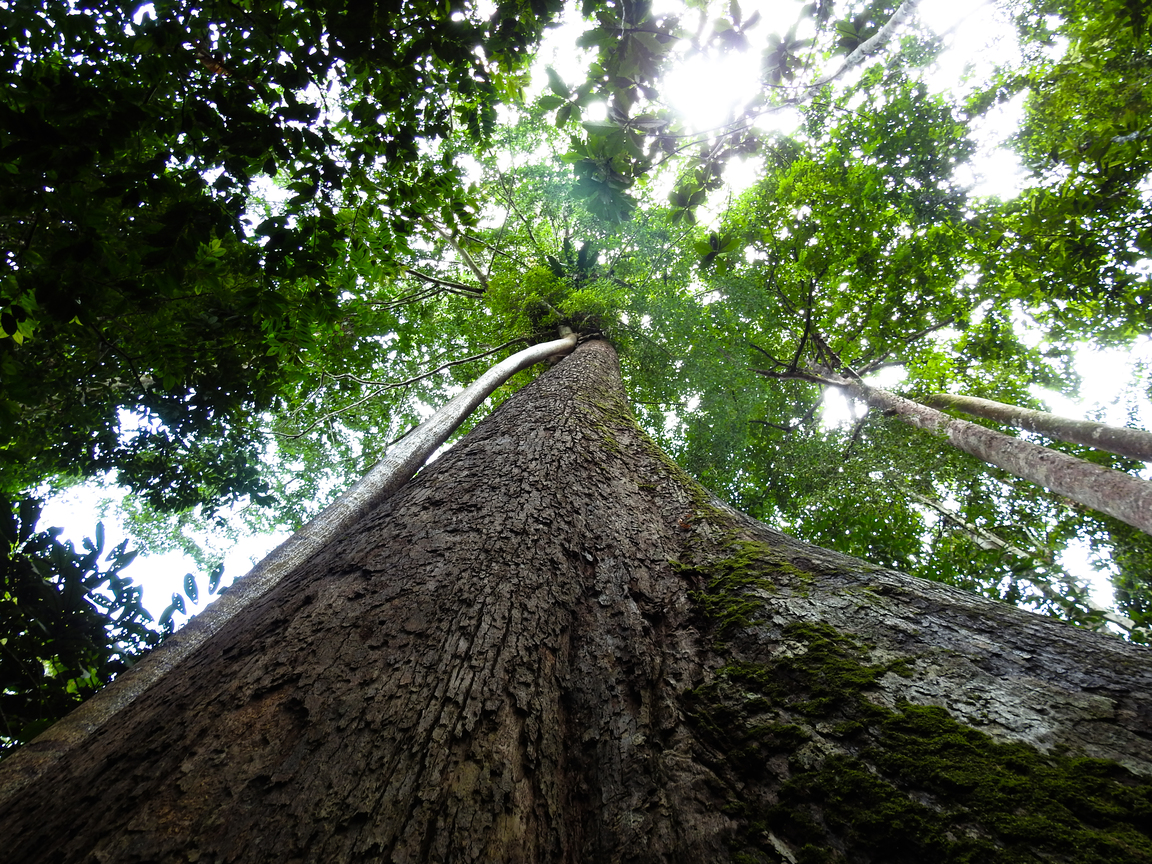Balancing the needs of ecology and development has become a hot issue recently. Every development is often accused of being the primary source of ecosystem damage resulting in the release of carbon emissions and loss of habitat for the richness of biodiversity. In addition, the Indonesian government is prioritizing efforts to reduce carbon emissions and curb global warming through various strategies.
One of Indonesia's strategies for achieving net zero emissions is to initiate the FOLU Net Sink 2030, a declaration of reducing greenhouse gas emissions from the forestry sector and other land uses. In September 2022, Indonesia also raised its Nationally Determined Contributions (NDC) target to 31.89 percent on its own and 43.20 percent with global support in 2030.
One of the FOLU sector mitigation actions is sustainable forest management which is carried out through the application of multi-business forestry, the application of reduced impact logging (RIL), and the application of incentive silvicultural techniques (SILIN).

This can be avoided by implementing Reduced Impact Logging-Carbon (RIL-C). This low-impact harvesting method maximizes emission reductions. The 2014 issue of the journal Global Change Biology states that RIL-C can reduce carbon dioxide emissions by 30-50 percent. The research conducted by Griscom et al. calculated the impact of implementing RIL-C on nine holders of business permits to utilize natural forest products (IUPHHK-HA) in East Kalimantan and North Kalimantan.
Read: Digitisation of Plantation Data and Information System in East Kalimantan
This can be avoided by implementing Reduced Impact Logging-Carbon (RIL-C), a low-impact harvesting method that maximizes emission reductions. The 2014 issue of the journal Global Change Biology states that RIL-C can reduce carbon dioxide emissions by 30-50 percent. The research conducted by Griscom et al calculated the impact of implementing RIL-C on nine holders of business permits for the utilization of natural forest products (IUPHHK-HA) in East Kalimantan and North Kalimantan.
Be apart of us
Efforts to protect 1 million hectares of land from forest destruction and degradation.
DonasiThe practices applied included the plunge test (piercing logs to get excellent/non-hollow wood) so that no fellings were left as waste, using cable yarding (pull piling machines), and reducing the width of the timber transport corridor. Next, an audit and calculation of emission reductions are carried out. With these calculations, it is possible to estimate the contribution of RIL-C to Indonesia's NDC target.
Based on research by Grimson et al., the application of RIL-C has the potential to reduce emissions by 40 percent so that around 13 million TCO2-e per year can reduce total emissions. This number contributes significantly to the FOLU emission reduction target of 714 million tonnes of carbon dioxide equivalent in 2030.
Implementing sustainable forest management by prioritizing collaboration with various stakeholders is capital for realizing harmony between human welfare and sustainable nature.



